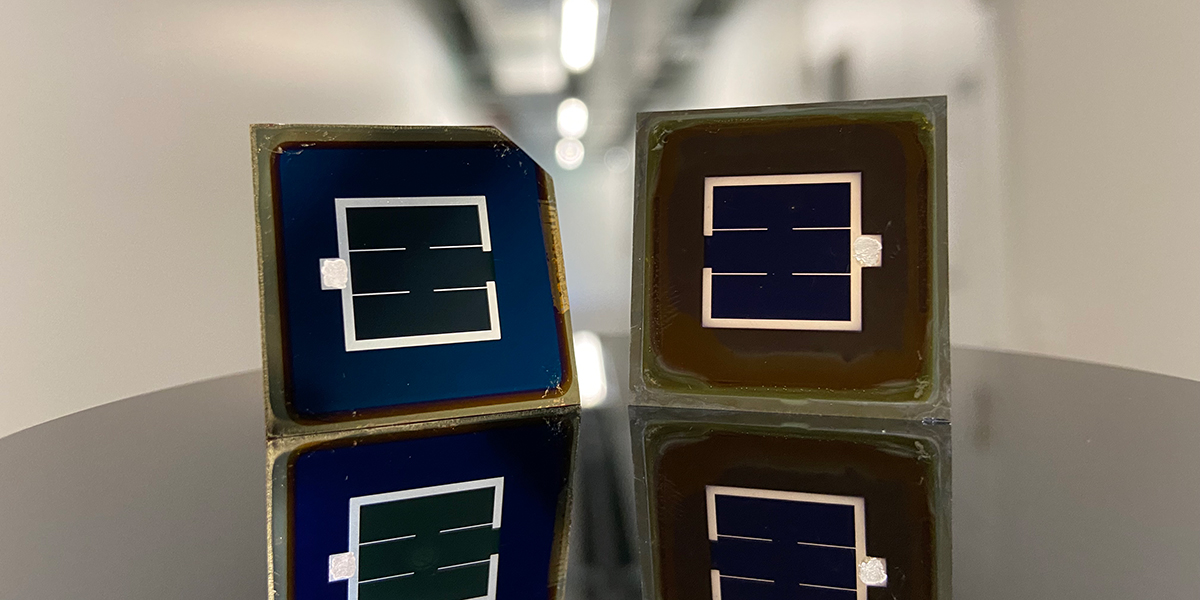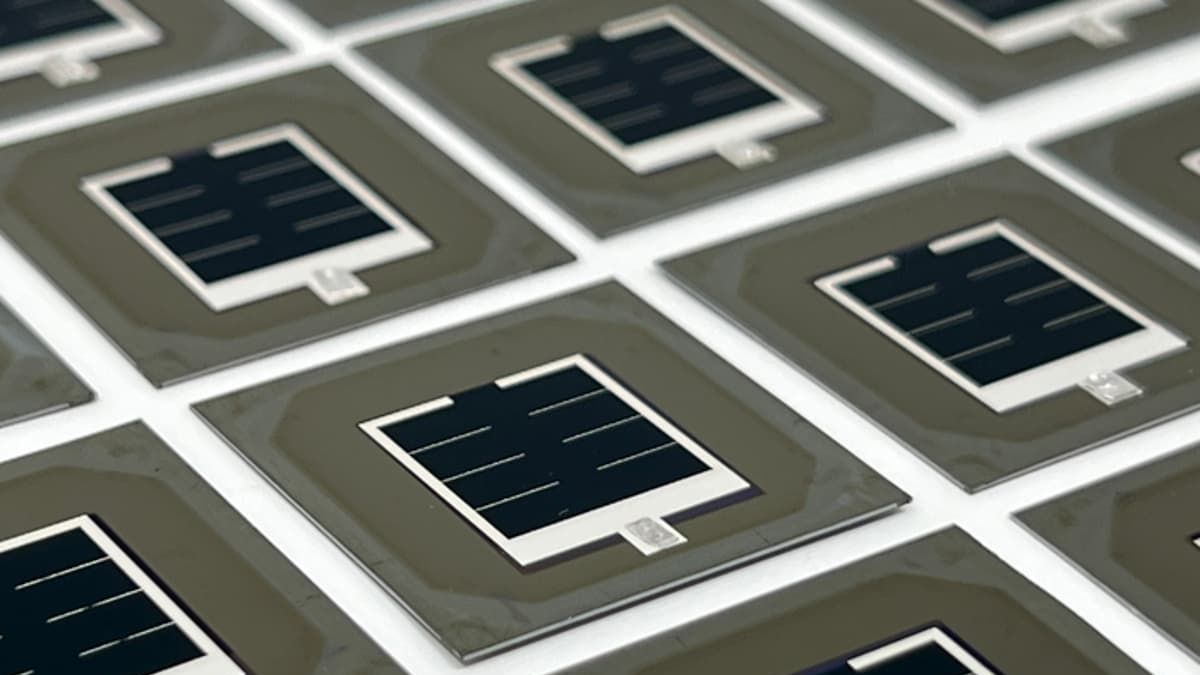A research group based in China has developed a two-terminal monolithic all-perovskite tandem solar cell utilizing a tin-lead (Sn-Pb) perovskite material for the top cell. This innovative device achieved a remarkable 23.11% efficiency for the single-junction top cell and maintained 95.7% of its initial efficiency after a storage period of 2,200 hours.
The researchers highlighted the advantages of mixed Sn-Pb perovskites, which possess a narrow bandgap of approximately 1.26 eV, making them suitable for efficient light harvesting and current-matching with wide bandgap subcells in all-perovskite tandem cells. However, they noted that the rapid crystallization of Sn perovskites often leads to inferior efficiency and stability compared to their Pb-based counterparts, hindering commercialization.
To overcome this challenge, the research team focused on modulating the crystallization process by introducing N-(carboxyphenyl)guanidine hydrochloride (CPGCl) molecules into the Sn-Pb perovskite precursor solutions. This approach effectively reduced defects and tin oxidation, resulting in a delayed and balanced crystallization process, thus enhancing the overall efficiency and stability of the tandem device.

Solar Cell (Credits: PV Magazine)
The bottom cell of the tandem device was constructed with various layers, including indium tin oxide (ITO) substrate, hole transport layer (HTL) based on PEDOT:PSS, Sn-Pb perovskite absorber, electron transport layer (ETL) based on C60, bathocuproine (BCP) buffer layer, and copper (Cu) metal contact.
Under reverse voltage scan testing, the bottom cell exhibited a high power conversion efficiency of 23.15%, demonstrating promising performance and stability with 97.45% retention of its original efficiency after 3,500 hours.
The tandem device, built upon the optimized bottom cell, achieved a maximum efficiency of 28.20% and a certified efficiency of 27.35%, along with impressive open-circuit voltage, short-circuit current density, and fill factor. Moreover, it retained 95.7% of its initial efficiency after a prolonged storage period, indicating good stability.
The findings of this research were published in a paper titled “Mixed tin-lead perovskites with balanced crystallization and oxidation barrier for all-perovskite tandem solar cells” in Nature Communications. The researchers emphasized the need for further exploration to develop stable interconnection layers that can reduce both electrical and optical losses in tandem cells, aiming to fully exploit the potential of high-efficiency subcells.























